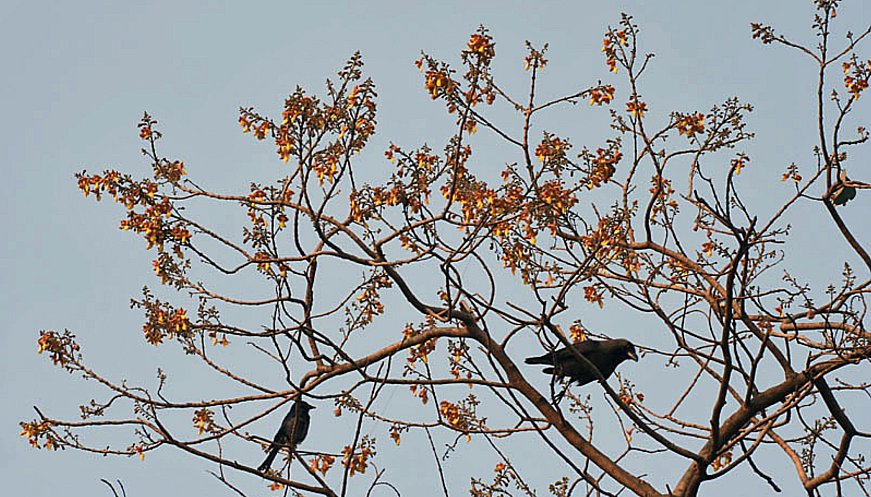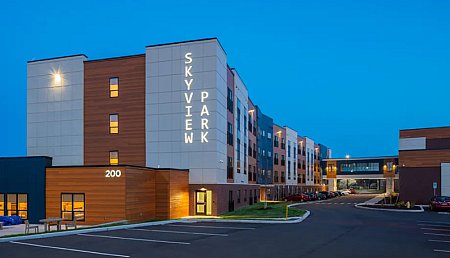 Photo: I.J.M. Garg | Wikimedia Commons
Photo: I.J.M. Garg | Wikimedia Commons
Soladoye Gbenjo still remembers the storm that tore the roof off his house in Igbajo in southwestern Nigeria 25 years ago. After replacing his roof, he planted dozens of trees around his house, and then members of the Igbajo Development Association pooled money to buy 40 hectares of land to turn into a juvenile forest from which to repopulate the district’s depleted trees. Within a year, rows of seedlings were sprouting around houses. Residents planted gmelina, afara, and maple saplings common to the area, hardy and fast-growing trees, and farmers planted teak trees alongside their cash crops of cocoa, cassava, and yams. In the first year, about 2,000 trees were planted. This year, volunteers are on track to plant a whopping 20,000 saplings, making a total of 50,000 trees planted since the project launched. Igbajo’s 25,000 residents have been largely spared the impact of the devastating floods that have recently affected 29 of Nigeria’s 36 states.
More:














